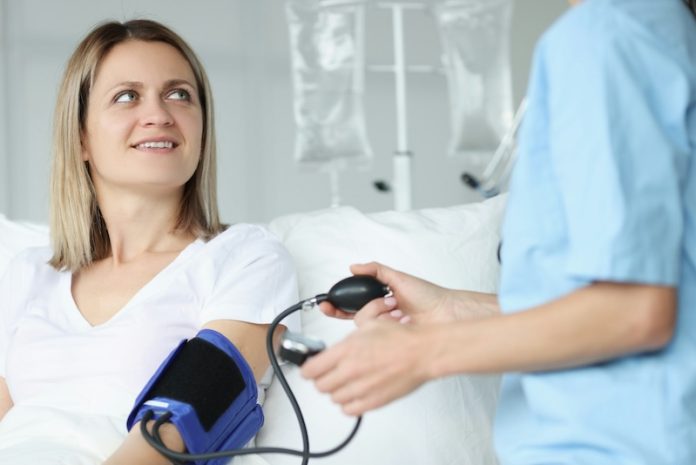
Stroke is a serious medical emergency that happens when blood flow to the brain is blocked or when a blood vessel in the brain bursts. While stroke can happen to anyone, women face some unique risks that many people don’t know about.
In fact, stroke is one of the leading causes of death and disability among women. Understanding the risk factors can help women take steps to protect their health and prevent a stroke before it happens.
Some stroke risk factors are the same for men and women, like high blood pressure, smoking, diabetes, high cholesterol, and lack of physical activity. But research shows that women have additional risks that are linked to hormones, pregnancy, and age.
High blood pressure is the number one risk factor for stroke in both men and women, but it becomes even more dangerous for women as they get older. After menopause, women often see a rise in blood pressure, which increases stroke risk.
A study in the journal Stroke found that women over age 75 are much more likely to have a stroke than men of the same age, partly due to uncontrolled high blood pressure.
Pregnancy and certain birth control methods also affect stroke risk. During pregnancy, especially in the third trimester and shortly after giving birth, women are more likely to develop conditions like preeclampsia and gestational hypertension, which can increase the chances of having a stroke.
Women who had these conditions during pregnancy are also more likely to develop high blood pressure later in life. Hormonal birth control pills, especially those combined with smoking or a history of migraines with aura, can also raise stroke risk in young women.
Migraines are another unique risk factor. Women are more likely than men to suffer from migraines, and those with migraines that include visual symptoms (known as aura) have a higher risk of stroke. This risk increases even more for women who smoke or use certain birth control pills.
Autoimmune diseases such as lupus and rheumatoid arthritis, which are more common in women, can also increase stroke risk. These diseases cause inflammation throughout the body, including in the blood vessels, which can lead to clots or narrowed arteries.
Depression and emotional stress have also been linked to stroke in women. A 2020 study from Harvard Medical School found that women with high levels of stress and depression had a significantly higher risk of stroke. Mental health is an important but often overlooked part of stroke prevention.
Another important factor is atrial fibrillation, a type of irregular heartbeat. While this condition affects both men and women, women with atrial fibrillation are more likely to have a stroke than men with the same condition. Blood thinners and careful monitoring can help reduce this risk.
Finally, lifestyle choices like diet, exercise, smoking, and alcohol use all play a role. Women who lead a healthy lifestyle—eating nutritious foods, staying active, maintaining a healthy weight, and not smoking—can greatly lower their chances of having a stroke.
In summary, women face several unique stroke risks throughout life, especially related to hormones, pregnancy, migraines, and aging. Regular checkups, healthy habits, and knowing the warning signs can make a big difference in reducing stroke risk and staying healthy.
If you care about stroke, please read studies about how to eat to prevent stroke, and diets high in flavonoids could help reduce stroke risk.
For more health information, please see recent studies about how Mediterranean diet could protect your brain health, and wild blueberries can benefit your heart and brain.
Copyright © 2025 Knowridge Science Report. All rights reserved.



